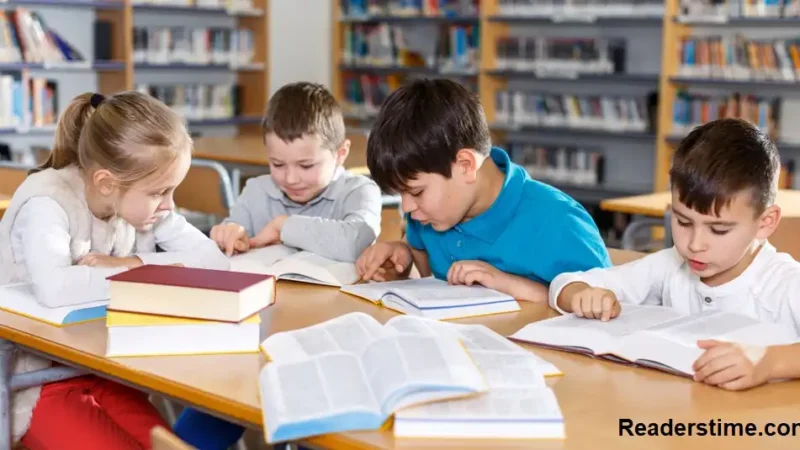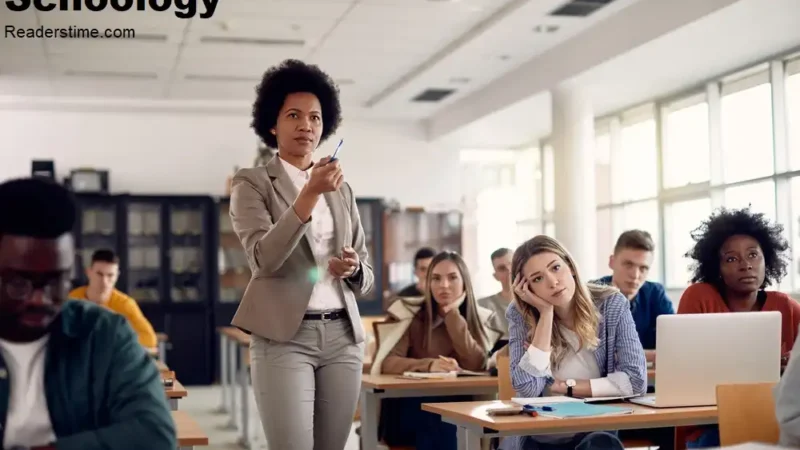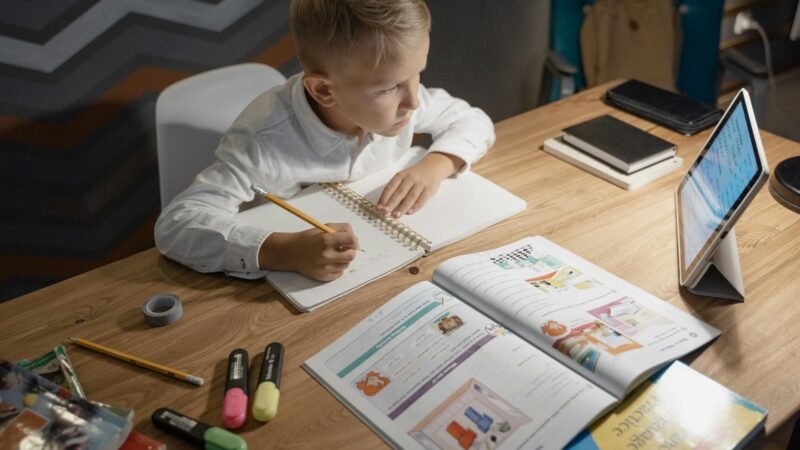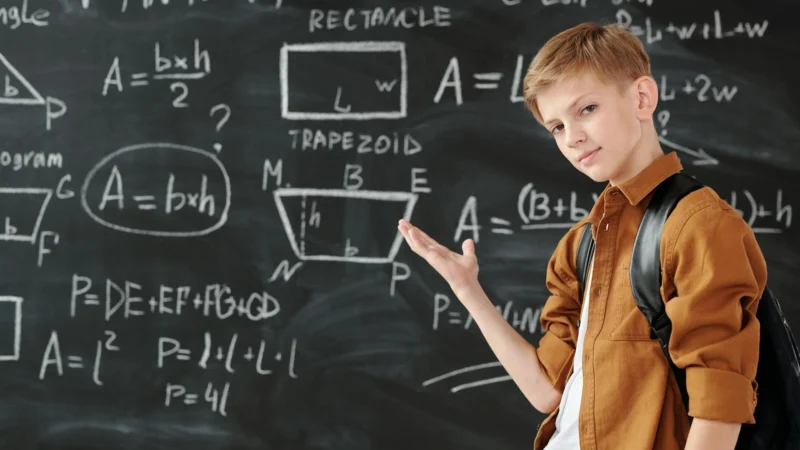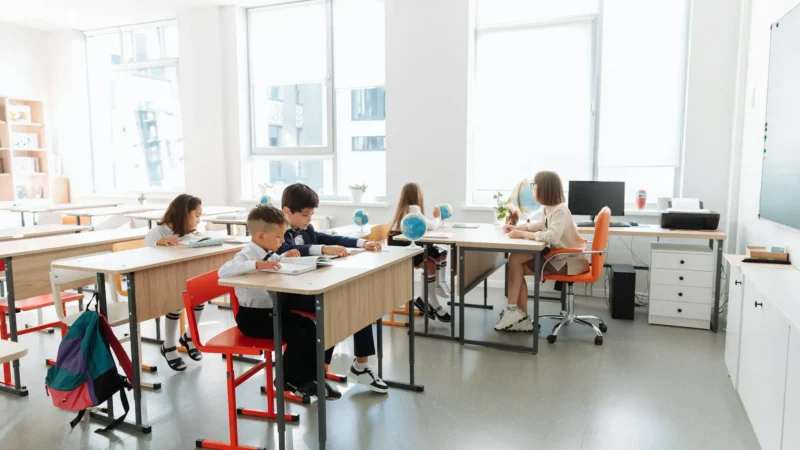Kinesthetic Learning: A Hands-On Approach to Education
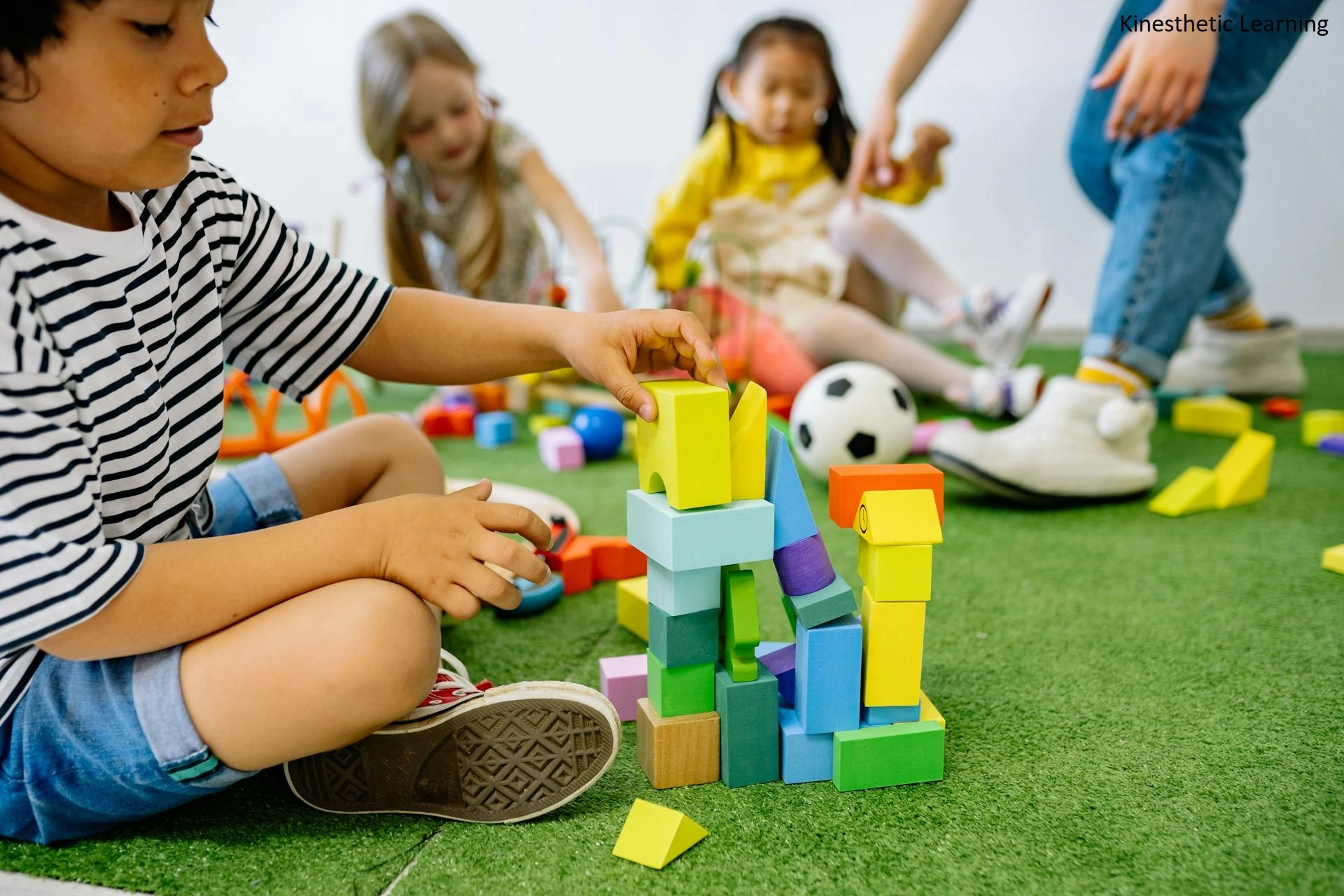
Are you tired of traditional teaching methods that fail to engage students and make learning a monotonous chore? It’s time to unlock the power of kinesthetic learning, a hands-on approach that has revolutionized education. In this article, we explore the benefits of kinesthetic learning and how it can transform the way students absorb and retain information.
Join us as we delve into the fascinating world of kinesthetic learning and discover how it can revolutionize education, making it more engaging, exciting, and effective. Get ready to unlock the power that lies within a hands-on approach to learning.
Understanding Kinesthetic Learning
Kinesthetic learning, also known as tactile learning, is a style that encourages students to physically interact with learning materials. Rather than passively absorbing information, kinesthetic learners thrive when they can engage their senses through touch, movement, and hands-on activities. This active involvement allows them to develop a deeper understanding of the subject matter.
For kinesthetic learners, simply listening to a lecture or reading from a textbook may not be enough to fully grasp a concept. They need to experience it firsthand, manipulate objects, and engage in physical activities that bring the learning to life. This style of learning taps into their natural inclination to explore and discover through movement.
Research has shown that kinesthetic learning enhances memory, improves critical thinking skills, and boosts overall academic performance. By actively participating in their education, students are more likely to retain information and apply it to real-life situations. Kinesthetic learning also promotes creativity and problem-solving abilities, as students are encouraged to think outside the box and find innovative solutions.
The benefits of Kinesthetic Learning
The benefits of kinesthetic learning extend beyond academic achievement. When students are actively engaged in their learning, they develop a sense of ownership and responsibility for their education. This empowerment fosters a love for learning, as students become more motivated and excited about the educational process.
Kinesthetic learning also promotes physical health and wellbeing. Through movement and physical activity, students are able to release energy and reduce stress. This can have a positive impact on their overall mental and emotional wellbeing, leading to improved focus and concentration in the classroom.
Furthermore, kinesthetic learning caters to students with different learning styles, including visual and auditory learners. By incorporating hands-on activities, educators can create a multi-modal learning environment that caters to the diverse needs of their students. This inclusive approach ensures that all students have the opportunity to thrive and succeed.
Kinesthetic Learning Statistics
The effectiveness of kinesthetic learning is supported by a wealth of research and statistics. According to a study conducted by the National Training Laboratories, students retain only 5% of information presented through lectures, compared to 75% when they engage in practice by doing the task themselves. This staggering difference highlights the power of kinesthetic learning in enhancing retention and understanding.
Another study published in the Journal of Educational Psychology found that students who engaged in hands-on activities performed significantly better on exams compared to those who learned through traditional methods. These findings emphasize the positive impact that kinesthetic learning can have on academic performance.
Furthermore, kinesthetic learning has been shown to benefit students with learning disabilities and attention deficit disorders. By providing a concrete and tangible learning experience, these students are better able to grasp abstract concepts and stay focused on the task at hand.
Incorporating Kinesthetic Learning in the Classroom
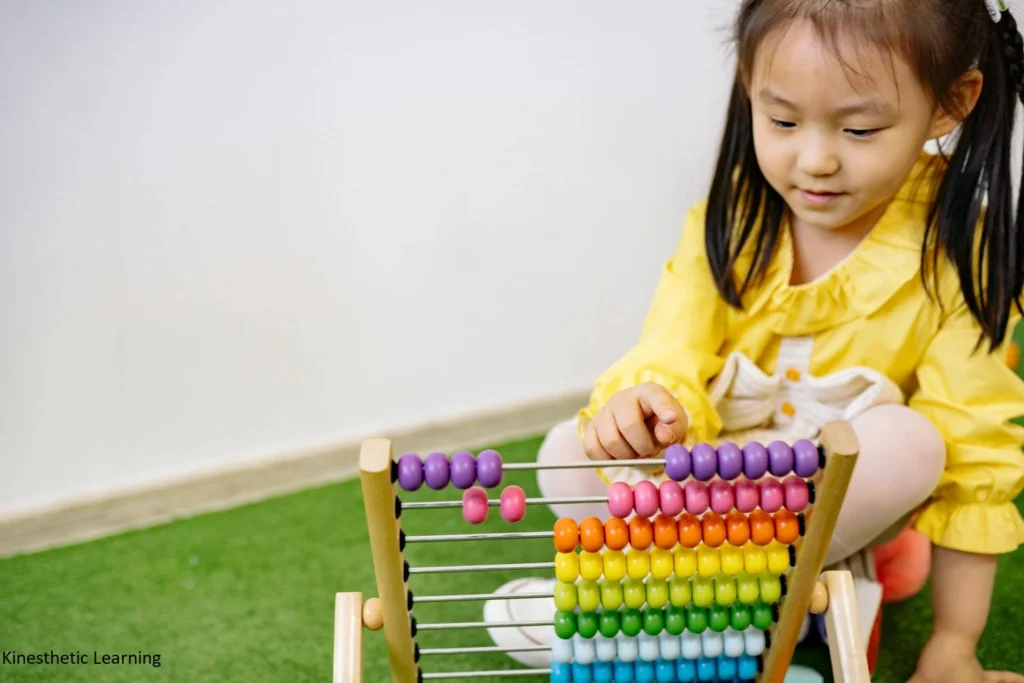
To fully embrace kinesthetic learning, educators must be willing to shift their teaching methods and create a classroom environment that supports hands-on activities. This requires a departure from the traditional lecture-based approach and a willingness to explore alternative teaching strategies.
One effective way to incorporate kinesthetic learning is through the use of manipulatives and educational tools. These hands-on materials allow students to physically interact with abstract concepts, making them more tangible and easier to understand. For example, math manipulatives such as blocks or counters can help students visualize mathematical operations and solve problems with greater ease.
In addition to physical materials, technology can also play a role in kinesthetic learning. Educational apps, virtual reality experiences, and interactive simulations provide students with opportunities to engage in hands-on activities even in a digital environment. These tools can enhance the learning experience and make it more immersive and interactive.
Kinesthetic Learning Activities for Different Subjects
Kinesthetic learning can be incorporated into various subjects, allowing students to engage with the material in a meaningful and memorable way. Here are some examples of kinesthetic learning activities for different subjects:
Science: Conducting experiments, building models, and engaging in hands-on lab activities allow students to explore scientific concepts through practical application. For example, students can build a volcano model and witness an eruption to understand how volcanic activity occurs.
Language Arts: Acting out scenes from a book, creating skits, or engaging in role-playing activities can bring literature to life and help students develop a deeper understanding of character development and plot structure. For instance, students can reenact a scene from Shakespeare’s Romeo and Juliet to explore the complexities of the characters’ emotions.
History: Creating timelines, participating in historical reenactments, or building dioramas can immerse students in the study of history. By physically interacting with historical events, students gain a better understanding of the context and significance of different time periods.
Math: Using manipulatives, such as blocks or counters, can help students visualize mathematical concepts and solve problems through hands-on exploration. For example, students can use blocks to understand the concept of fractions by physically dividing and combining different pieces.
Kinesthetic Learning Tools and Resources
Educators can leverage a wide range of tools and resources to facilitate kinesthetic learning in the classroom. Here are some examples:
Manipulatives: Blocks, counters, shapes, and other physical materials can be used to represent abstract concepts and promote hands-on learning.
Virtual reality: VR experiences and simulations allow students to explore virtual environments and engage in interactive activities related to various subjects.
Interactive whiteboards: These tools enable educators and students to manipulate digital content using touch and gestures, creating an interactive learning experience.
Educational apps: There are numerous apps available that offer interactive and kinesthetic learning experiences across different subjects.
It’s important for educators to explore and incorporate these tools and resources to create a dynamic and engaging learning environment that caters to the needs of kinesthetic learners.
Creating a Kinesthetic Learning Environment
To create an effective kinesthetic learning environment, educators must consider the physical layout of the classroom, the organization of materials, and the integration of movement throughout the instructional day.
First, the physical layout of the classroom should be flexible and adaptable. Furniture should be arranged in a way that allows for easy movement and collaboration. Creating different learning zones, such as a reading corner or a hands-on activity area, can provide students with dedicated spaces for kinesthetic learning.
Second, the organization of materials should be student-friendly and accessible. Students should be able to easily access and manipulate materials without relying on constant teacher intervention. Providing clear instructions and guidelines for material usage can empower students to take ownership of their learning.
Lastly, integrating movement throughout the instructional day is crucial for kinesthetic learners. Allowing students to stand, stretch, and engage in short movement breaks can help release energy and improve focus. Incorporating physical activities, such as brain breaks or classroom yoga, can also support kinesthetic learning and overall student well-being.
Training and Professional Development for Kinesthetic Learning
For educators to effectively implement kinesthetic learning strategies, training and professional development opportunities are essential. These programs can equip educators with the knowledge and skills needed to create a kinesthetic learning environment and effectively integrate hands-on activities into their teaching practice.
Professional development workshops can provide educators with practical strategies and resources for kinesthetic learning. They can also offer opportunities for collaboration and sharing of best practices among educators. Additionally, online courses and webinars can be valuable resources for educators seeking to expand their knowledge of kinesthetic learning.
Furthermore, it is important for schools and educational institutions to invest in ongoing support and resources for educators. Providing access to educational consultants, instructional coaches, and mentorship programs can help educators navigate the challenges and complexities of implementing kinesthetic learning.
Kinesthetic Learning Success Stories
The impact of kinesthetic learning can be seen through numerous success stories from educators and students alike. One such success story comes from a science teacher who transformed her classroom into a hands-on laboratory. By incorporating experiments, interactive demonstrations, and collaborative projects, she noticed a significant improvement in her students’ understanding and engagement with the subject. The students became more enthusiastic about science, leading to improved academic performance and a love for learning.
Another success story involves a math teacher who introduced manipulatives and kinesthetic activities into her lessons. By allowing students to physically interact with mathematical concepts, she witnessed a remarkable improvement in their problem-solving abilities and their confidence in tackling challenging math problems. The students’ test scores and overall mathematical proficiency soared, highlighting the power of kinesthetic learning in enhancing academic achievement.
These success stories demonstrate the transformative impact that kinesthetic learning can have on both students and educators. By embracing a hands-on approach to education, students become active participants in their learning journey, leading to improved academic outcomes and a lifelong love for learning.
Conclusion
In a world where traditional teaching methods often fall short in engaging students, kinesthetic learning offers a powerful solution. By incorporating hands-on activities, movement, and tactile experiences into the classroom, educators can create a dynamic and immersive learning environment that caters to the diverse needs of students.
Kinesthetic learning not only enhances academic performance but also promotes creativity, problem-solving skills, and overall student well-being. By actively engaging in their education, students develop a sense of ownership and excitement for learning, leading to improved retention and a lifelong love for knowledge.
By embracing a hands-on approach, educators can transform the way students absorb and retain information, creating a brighter future for the next generation. Let’s embark on this journey together and unleash the full potential that lies within kinesthetic learning.


